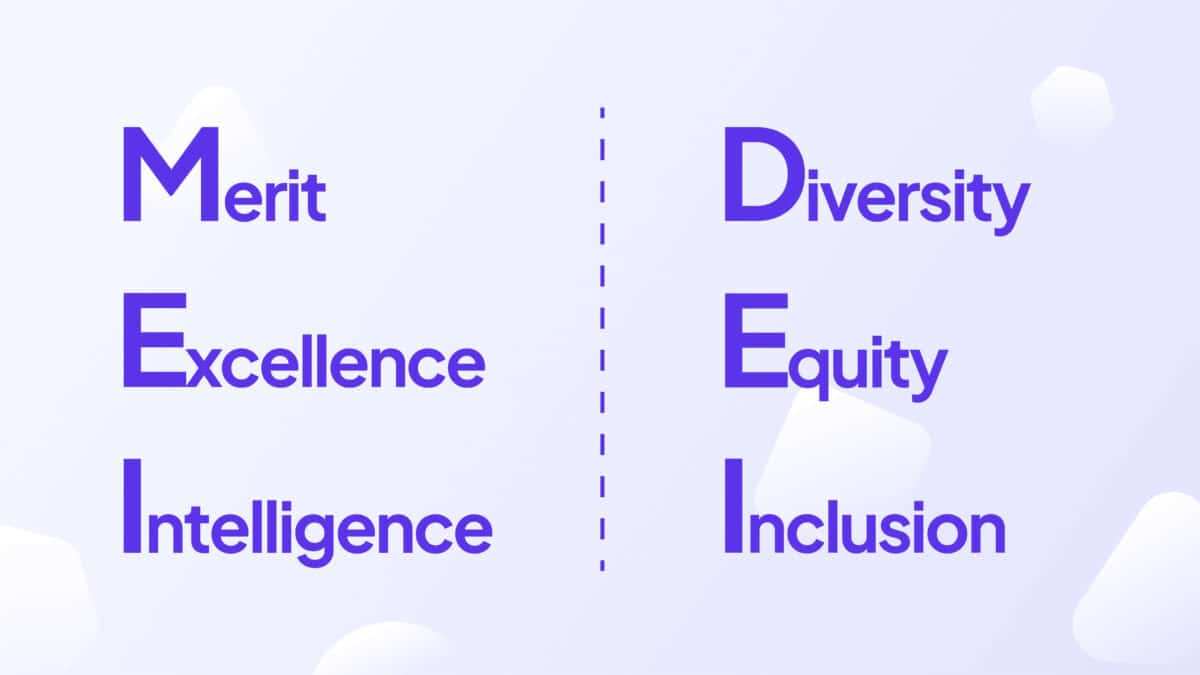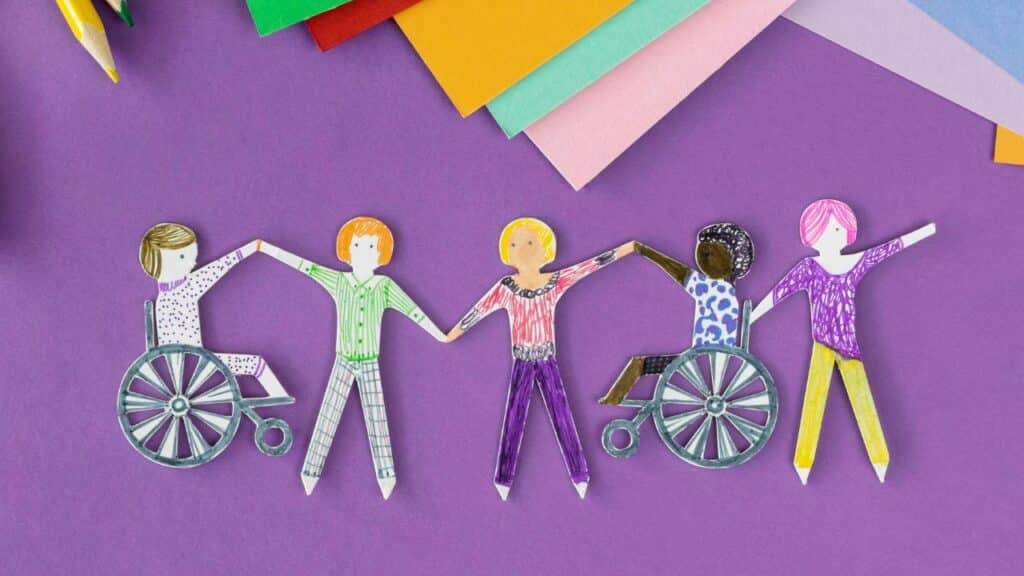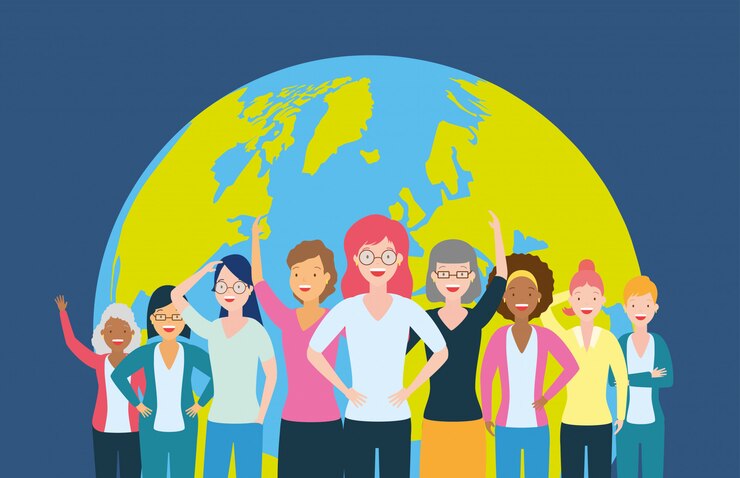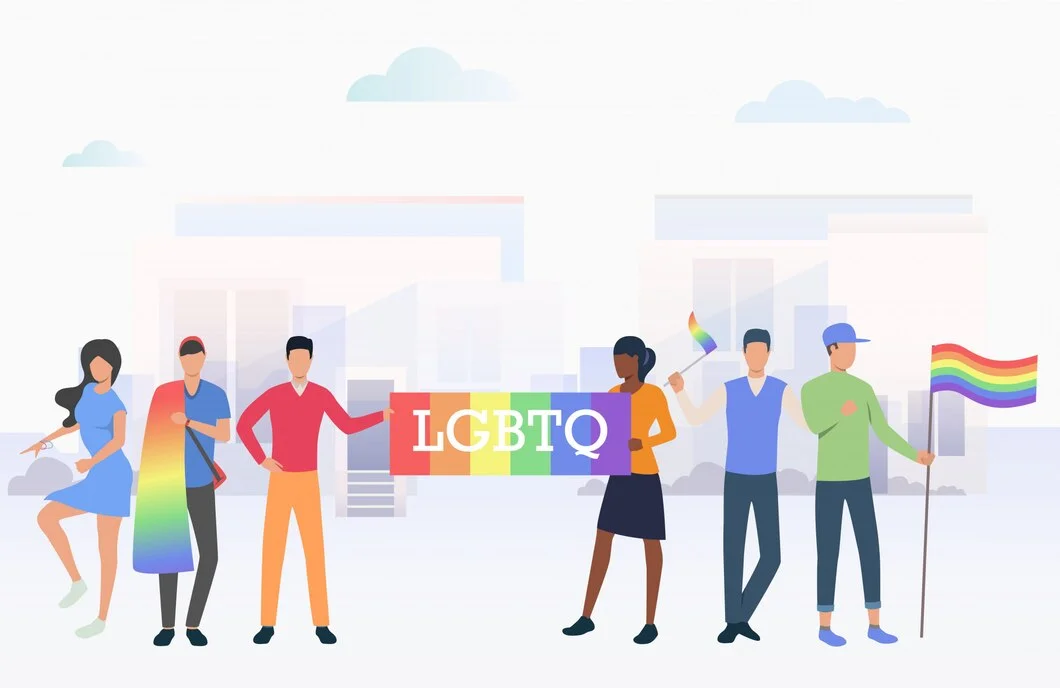
As businesses advance, they realize that diversity is more than just a checkbox—it is an essential ingredient for success.
Companies that cultivate a diverse workplace can release a wealth of creativity, innovation, and growth. However, diversity hiring is more than just a moral or legal requirement; it is a potent strategy that may propel long-term corporate growth.
Understanding the Value of Diversity Hiring
A varied workforce brings together different viewpoints and experiences, which enhances job culture and decision-making processes. When employees collaborate in diverse settings, they create an environment rich in inventive solutions and creative approaches to problems.
This diversity of views helps businesses to better understand and serve their increasingly diverse customer base, thus improving their understanding of the market and customer satisfaction.
Organizations applying different recruitment practices have significant advantages:
- More Innovation: Teams with different environments offer different approaches to solving problems, resulting in more creative solutions and better results.
- Productivity Growth: Studies show that diverse teams do better, leading to greater employee involvement and better business results.
- Better Market Understanding: A diverse workforce helps companies connect to different customer segments and provides valuable information on different market needs.
- A Stronger Reputation: Companies known for their inclusive practices attract top talents and create stronger relationships with customers and partners.
Legal and Ethical Considerations
Besides the business benefits, organizations have both legal and ethical responsibility for diversity.
Anti-discrimination legislation obliges companies to maintain fair recruitment practices, while ethical considerations require equal opportunities for all qualified candidates.
Companies that give priority to diversity show their commitment to social responsibility and help to build a fairer society. This highlights the importance of creating inclusive workplaces where everyone has an opportunity to succeed, regardless of their background.
Developing a Diversity Hiring Strategy

Developing a successful plan for recruiting diversity necessitates a methodical approach that addresses all parts of the recruitment process.
Here’s a step-by-step guide for creating a complete diversity hiring strategy:
1. Define Diversity Objectives.
Begin examining your present composition and identifying opportunities for improvement. To establish clear, measurable goals, such as boosting women’s representation by 10% in six months or encouraging minority representation in leadership roles.
These objectives should be aligned with your organization’s overall mission and values, while also addressing any observed gaps in representation.
2. Inclusive Job Descriptions
To effectively recruit diverse talent, job descriptions should begin by carefully selecting each word choice. Replace gender-specific adjectives such as “rock star” or “ninja” with neutral qualifiers like “experienced professional” or “skilled specialist.”
Remove academic criteria unless absolutely necessary for the work; for example, instead of requiring a certain degree, emphasize relevant skills and experience that can be obtained through a variety of means.
The standards should discriminate between “must-have” and “nice-to-have” qualifications in order to promote applications from applicants who would otherwise have a choice. Include detailed information on your company’s advantages, such as parental leave policies, flexible work arrangements, and professional development opportunities that support a variety of career pathways.
3. Sourcing Various Talent
Transform your talent sourcing strategy by building meaningful, long-term partnerships with organizations that support underrepresented groups. Work with these partners to create dedicated mentoring programs and internship opportunities that can lead to full-time positions.
Develop relations with historically black colleges and universities (HBCUs), women’s colleges, and other institutions serving various populations, not only attending their career grants. Get involved in their professional development programs, offer spot interviews, and offer CV workshops to build trust and recognition within these communities.
Create a staff referral program that specifically rewards referrals of candidates from underrepresented groups, and train your current employees to be effective diversity ambassadors for your organization.
4. Bias-Free Screenings
Implement a comprehensive prejudice reduction system during your screening process. Start using AI-powered tools to scan CVs for skills and experience while automatically removing identification data such as names, graduation dates, and gender-specific terms.
Create detailed evaluation classifications that require each task to be split into measurable criteria. For example, instead of vague assessments such as “good communication skills,” define specific behaviours such as “the power to explain technical concepts to non-technical target groups.”
Train your interview panels to avoid prejudices and actively recognize and appreciate different types of experience and communication styles. For example, appreciate that leadership experience can come from the role of community organization as validly as from traditional corporate positions.
Check your rental decisions regularly and follow statistics such as the diversity of your candidate pipeline at each stage to determine where sub-represented candidates may fall from your trial.
Overcoming the Challenges in Diversity Hiring
Effective diversity in recruitment practices requires addressing several key challenges that organizations usually face.
1. Unintentional Bias
Even self-proclaimed diversity supporters can develop unconscious prejudices against CVs and interviews. MIT and University of Chicago studies on CVs found that a CV named “Whitening” received 50% more calls than a CV named “Blackening.” Organizations must use blind employment practices to prevent this; they should remove information from the CV.
The unconscious prejudices of a regular curriculum, such as the Harvard default project, can provide recruitment teams insight into and aid the elimination of their prejudice during the evaluation of the candidate.
2. Limitations of the Talent Pool
Organizations need to rethink their requirements when traditional employment criteria restrict access to different talents.
For instance, the high demand for GPAs or the necessity of four-year diplomas can reject candidates with different educational conditions. Businesses must pay attention to skills and potential rather than to normal indicators. Increasing geographical access through remote working opportunities can significantly increase access to different talent groups.
3. Resistance to Change
Organizations are often confronted with a plethora of diversity, where staff could consider that initiatives for diversity hiring are threatened or excluded. Some may think that when initiating the diversity process, the competitors are lowered.
To address this problem, businesses should:
- Instruct the employees on why diversity hiring is essential to increasing the performance of the organization.
- Set realistic and achievable goals to maintain command motivation.
- Discuss positive outcomes of diversity efforts as well as examples of success.
- Present concrete proof that diversity is beneficial as a factor to innovation and business outcomes.
- By using mentoring and transfer programs, the participation of existing staff in this process must be included.
Diversity Recruiting Strategies and Best Practices

The effective diversity of employment practices requires addressing several key challenges that organizations usually face.
1. Creating a Pleasant Environment
Building an inclusive workplace culture is the basis for successful diversity. This involves changing job descriptions to take out gendered language and removing any conditions that may deter diverse candidates.
The benefits packages for organizations need to cover a diversity of needs, including flexible work arrangements, mental health support, parental leave and dedicated cultural celebration days. Moreover, companies should monitor their compensation plan such that all demographic groups receive equal pay.
2. Building Partnerships for Diversity
Strategic partnerships are essential to helping organizations reach diverse talent pools that they would have otherwise struggled to attract. This means building long-term relationships with professional associations of underrepresented groups, historically diverse universities, and community organizations.
These partnerships should extend beyond traditional recruitment events, with companies letting candidates come on board through mentorship programs, internships, and skill development workshops to create authentic relationships with the communities.
Regular participation in diversity-focused career fairs and networking events helps maintain visibility and demonstrates long-term commitment to diversity hiring.
3. Employee Resource Groups (ERGs)
Authentic insights into the company culture make ERGs powerful diversity recruitment drivers. As a solution, these groups can help with shaping recruitment strategies by reviewing job descriptions, being interviewed on panels, and offering feedback on the candidate experience.
In addition, ERGs are being utilized as natural networking channels within the organization with qualified candidates from their communities. As cultural ambassadors, their members can offer real stories about their time at work during recruitment events and via social media campaigns.
4. Diversity-Focused Recruitment Technology
Modern recruitment technology plays a crucial role in eliminating bias and streamlining diversity hiring.
Organizations should invest in sophisticated Applicant Tracking Systems (ATS) that incorporate AI-powered screening tools to evaluate candidates based purely on qualifications and potential. But these systems should be regularly audited to make sure their algorithms aren’t just continuing existing biases.
Specialized platforms thus offer companies a way to connect with different talent pools and to measure the effectiveness of the company’s diversity initiatives through analytics. Video interviewing platforms with standardized question sets help ensure consistent candidate evaluation, while automated assessment tools measure skills objectively.
5. Continuous Improvement
To maintain an effective diversity hiring strategy, regularly review and update recruitment practices. Gather feedback from recent hires to identify areas for improvement and detect bottlenecks where diverse candidates may drop off. Adjust your approach based on both successes and challenges to refine the process and better align with diversity goals. Continuous improvement ensures a fair and effective hiring system.
To Wrap Up
Organizations that give priority to diversity hiring receive considerable competitive advantages by increasing innovation, improving decision-making and improving market understanding.
By following these guidelines and maintaining a focus on long-term objectives, recruiters can create truly inclusive workplaces that attract and retain different talents. Remember that hiring diversity is not just fulfilling quotas. This is about sustainable, fair practices that benefit both the organization and its employees.
In this regard, you can mplement recruitment strategies with Engagedly’s advanced talent management platform. Start creating a more diverse and inclusive workforce today with Engagedly—schedule a demo or learn more about our platform’s features.
FAQs
1. How can organizations balance speed and diversity in urgent recruitment?
Even with tight deadlines, it is possible to preserve diversity by working ahead. With a diverse talent pool ready, collaboration with companies specializing in underrepresented groups, and the use of AI tools, recruiters can act quickly without compromising inclusiveness.
2. What are effective strategies for managing intercultural interviews?
Preparation is crucial when interviewing candidates from different backgrounds. Interviewers should be trained to navigate cultural communication differences, provide clear guidance on expectations, and, if necessary, use interpreters to ensure a fair and respectful process. The focus on time zones and cultural holidays furthermore reflects a commitment to inclusivity.
3. How can small businesses with limited resources hire diversity?
Limited resources do not have to limit the impact. Small businesses can work with local communities and other companies, rely on affordable or free job boards, and enable employees to serve as diversity ambassadors. Social media is also a powerful tool for presenting an inclusive business culture and reaching various target groups.
4. What are innovative ways to assess cultural competencies when hiring?
Assessment of cultural competencies goes beyond standard interviews. Real-world scenarios, collaborative projects, and group interactions show how candidates navigate diversity. Cross-cultural work experience and adaptability in communication styles are also strong indicators of their ability to thrive in a diverse workplace.
5. How should diversity be employed in traditionally homogeneous sectors?
Shifting the narrative in industries with demographic imbalances requires proactive efforts. Creating mentoring and learning programs, building education partnerships, and removing unnecessary barriers can open doors. Highlighting various success stories inspires others and strengthens the commitment to change.




















 As stated earlier, women taking over leadership can have metamorphic effects on organizational performance.
As stated earlier, women taking over leadership can have metamorphic effects on organizational performance. 

























 Create LGBTQ+-Specific Policies
Create LGBTQ+-Specific Policies


 Studies show that a diverse workforce often performs better than their less diverse counterparts. A Gartner report suggests that nearly
Studies show that a diverse workforce often performs better than their less diverse counterparts. A Gartner report suggests that nearly 

 To set meaningful DEI metrics, organizations should follow these key steps:
To set meaningful DEI metrics, organizations should follow these key steps:
 According to a survey undertaken by the Australian economist Conrad Liveris, there are more CEOs named Andrew than female CEOs. In other words, there were more men than women with the same first name leading Australia’s 200 largest companies.
According to a survey undertaken by the Australian economist Conrad Liveris, there are more CEOs named Andrew than female CEOs. In other words, there were more men than women with the same first name leading Australia’s 200 largest companies.
 BCG highlights
BCG highlights These telecommunications and media conglomerates have an internal advisory council comprising senior leaders to maintain diversity and inclusion. It currently has a workforce where 62% are women and people of color, and now they aim to
These telecommunications and media conglomerates have an internal advisory council comprising senior leaders to maintain diversity and inclusion. It currently has a workforce where 62% are women and people of color, and now they aim to  General Motors (GM) brew thoughts around the need for a world and their organization to progress toward a fairer future. They comprehend that their brand represents more than just the vehicles they manufacture and market. Therefore, GM is taking initiatives to champion human dignity, fairness, acceptance, and inclusivity.
General Motors (GM) brew thoughts around the need for a world and their organization to progress toward a fairer future. They comprehend that their brand represents more than just the vehicles they manufacture and market. Therefore, GM is taking initiatives to champion human dignity, fairness, acceptance, and inclusivity. Johnson & Johnson allocates substantial resources to ensure every staff member contributes to cultivating an inclusive atmosphere. The company nurtures a
Johnson & Johnson allocates substantial resources to ensure every staff member contributes to cultivating an inclusive atmosphere. The company nurtures a  Accenture is
Accenture is  Microsoft earns substantial positive feedback regarding its efforts to empower female employees in the tech industry. Some of
Microsoft earns substantial positive feedback regarding its efforts to empower female employees in the tech industry. Some of 
